
Guzmania puyoensis
1. Ideal Growing Conditions Preferred Light Conditions For Guzmania Guzmanias prefer bright, indirect light but can tolerate lower light than many other bromeliads. Direct sunlight can damage the leaves and cause them to turn yellow or brown.
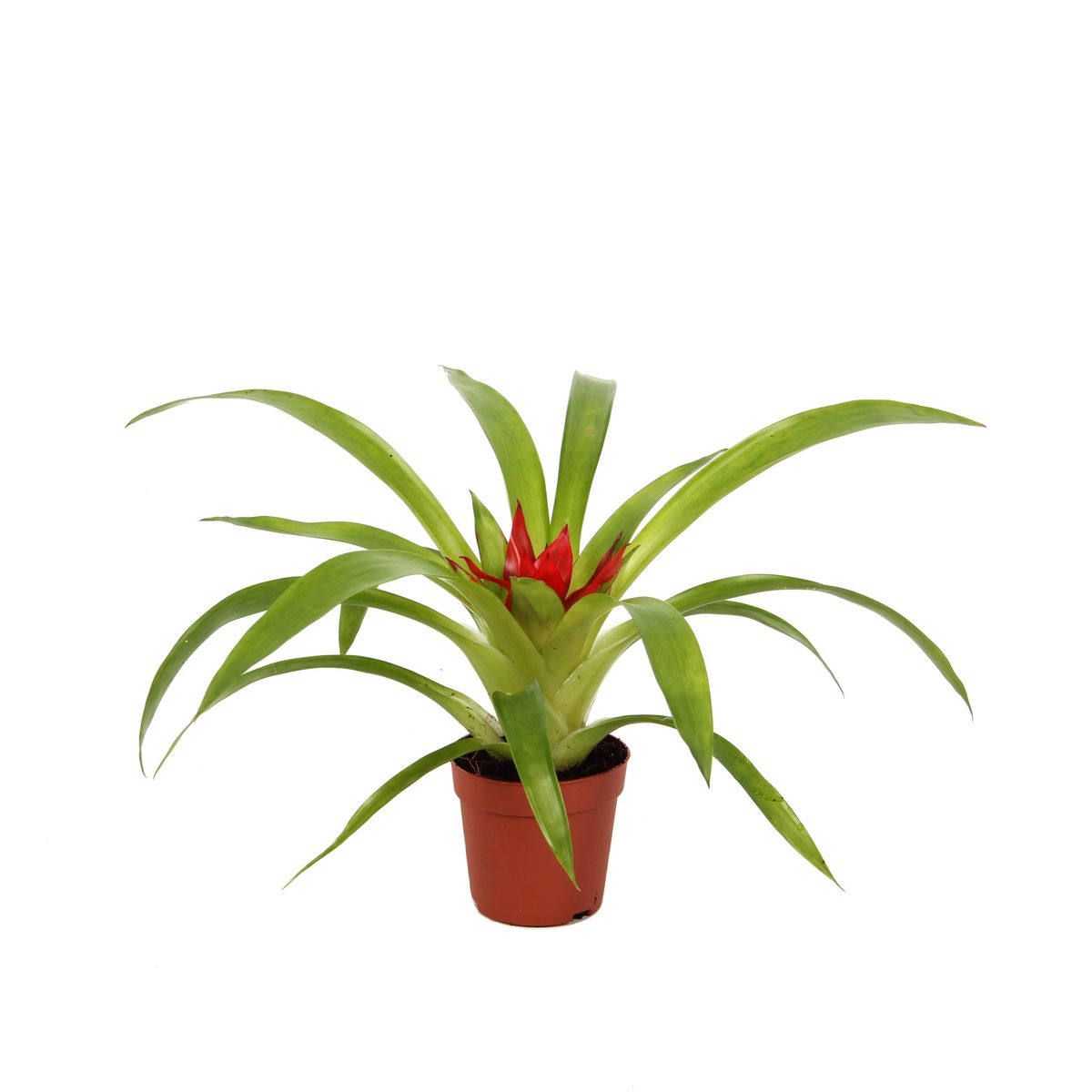
Guzmania 'Tempo' — Plant Wholesale FlorAccess
Care of Guzmanias Guzmania houseplant care is easy, which adds to this plant's popularity. Guzmanias prefer bright, indirect light but can tolerate lower light than many other bromeliads. Place distilled or filtered water in the central cup of the plant and replace frequently to keep it from rotting.

Learn to grow and care for guzmania bromeliads in this complete guide. Learn more at
August 28, 2022 The Bromeliad Guzmania, scientifically known as Guzmania lingulata, is a plant that is highly sought after by plant enthusiasts. This plant is a member of the Bromeliaceae family and is native to Central and South America.
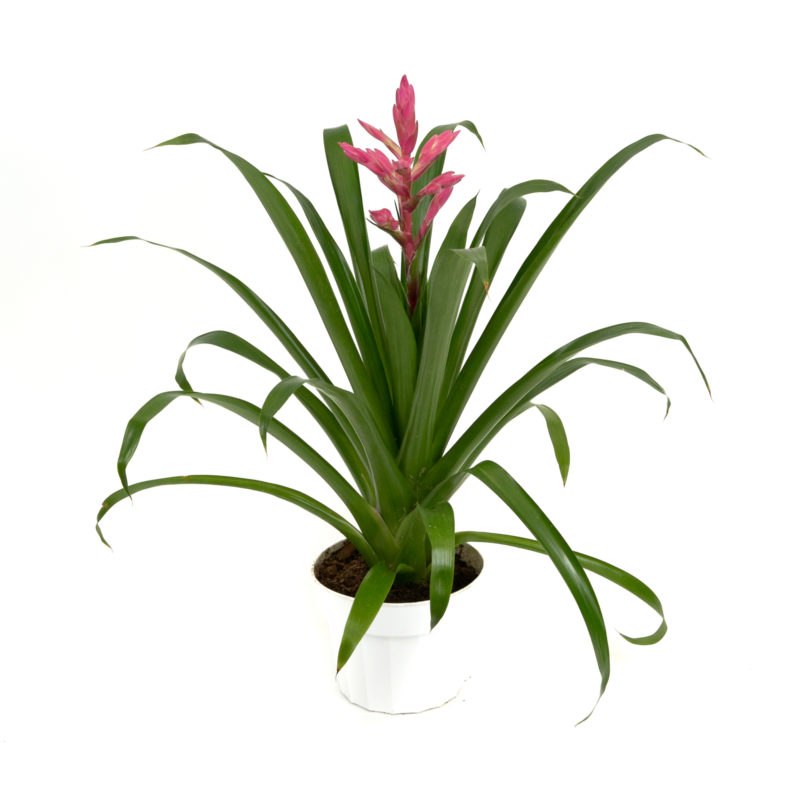
Guzmania Claire Olive Hill Greenhouses
For Guzmania plants growing in the garden, install an umbrella near the plants to protect them against the afternoon sun. If daylight hours are short in your zone, then you can use grow lights as a replacement for natural light. Keep the lights on about 16 hours a day to avoid light deprivation problems.
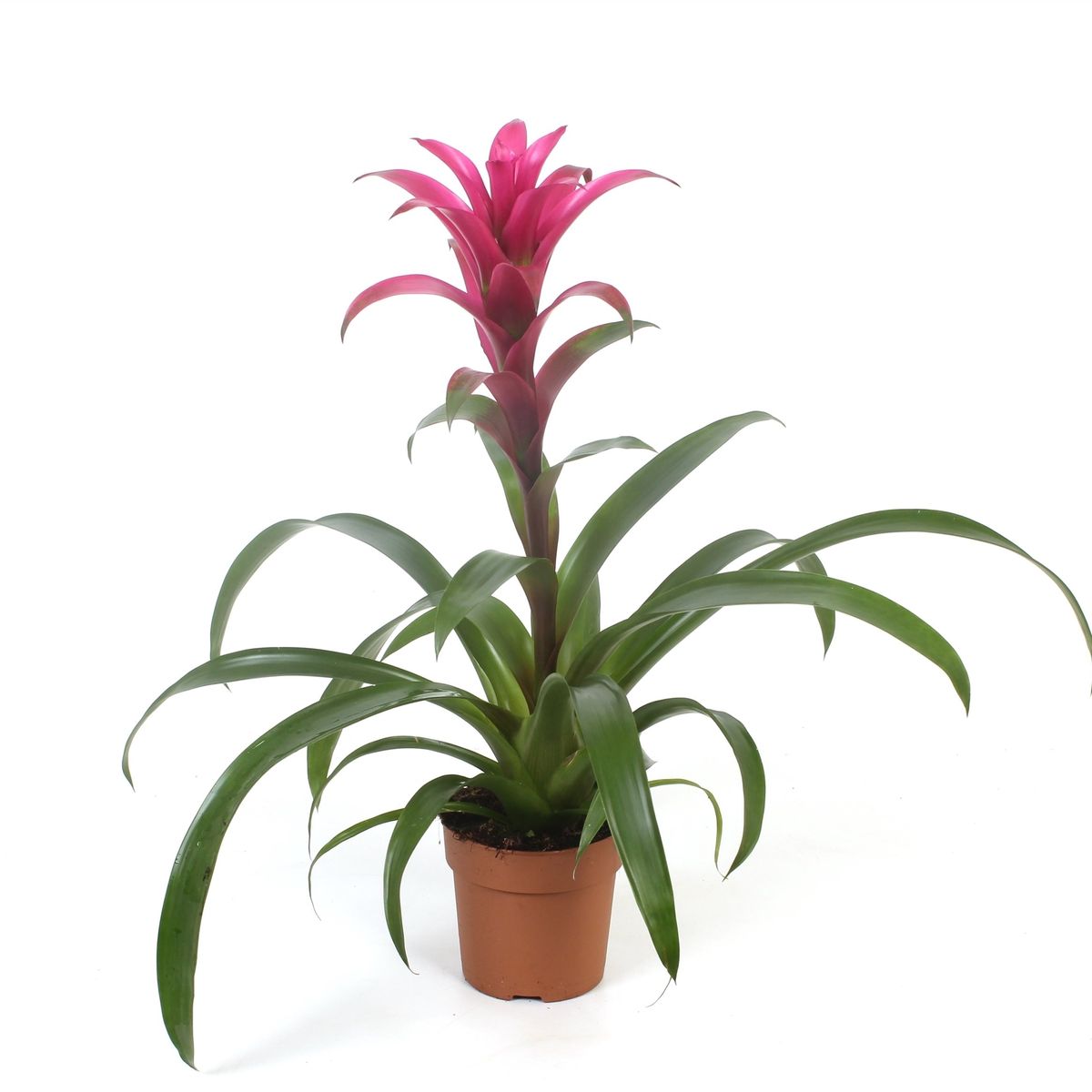
Guzmania 'Freya' — Bitkiler Toptan Satış FlorAccess
14 min reading time Welcome to our comprehensive guide on how to grow and care for Guzmania Plant! Whether you're a seasoned gardener or just starting, this guide will provide you with expert tips and advice on how to cultivate and maintain this beautiful tropical plant with ease.
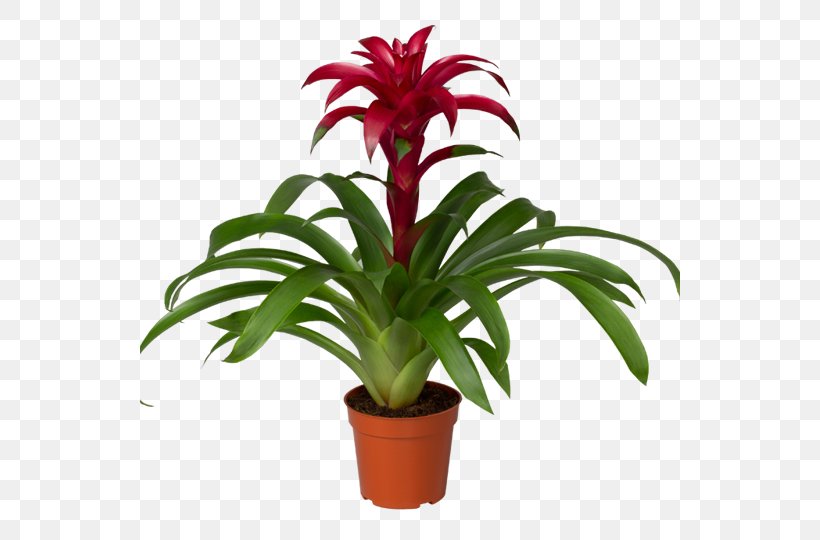
Guzmania Vriesea Aechmea Bromelia Plant, PNG, 540x540px, Guzmania, Aechmea, Aechmea Fasciata
Product Reviews Guzmania is often grown as an indoor bromeliad houseplant, but in certain climates grows outside, too. Our guide shares growing tips! Written by Kelli Klein Last updated: June 22, 2023 7 min read Guzmania is a genus of over 120 species of flowering plants in the bromeliad family.

Pin on Products
Aim to keep your Guzmania in temperatures above 60oF, with 55oF being the absolute minimum. To help increase humidity, place your bromeliad near other houseplants, or keep it in areas of your house that are more humid. Fertilization: Use a diluted (half strength or quarter strength) fertilizer biweekly or monthly.

Guzmania Houseplant Aechmea Flower, PNG, 1024x1024px, Guzmania, Aechmea, Aechmea Gamosepala
This may cause rot. Instead, water around the plant, ensuring the soil is thoroughly moistened. Signs of Overwatering and Underwatering Keeper's intuition aside, your Guzmania Hope will also give you signs when it is either overwatered or under-watered. Overwatering: Browning and wilting leaves are indicative of too much water.

Consigli pratici su come coltivare la guzmania YouTube
Light Water Soil Fertilizer Humidity Temperature Pruning Guzmania Bromeliads Growth and Development Extra tips for Guzmania care Common Pests and Diseases Toxicity Planting and Growing Guzmania Plants Guzmania flowers are strikingly colorful perennial plants from the bromeliad family.
Saved from clearance help! Bromeliad dying or overwatered? bromeliad
In this article, we will discuss how to care for a Guzmania plant so that it can thrive and flourish. Understanding the Guzmania Plant. The Guzmania plant is a member of the Bromeliad family and is native to Central and South America. It is an epiphytic plant, which means that it grows on other plants rather than in the ground.

Guzmania Blue Plants, Air Plants, Tropical Colors, Tropical Plants, Unusual Flowers, Blue
Joy Us Garden | Care, Propagation, and Pruning Guzmania Bromeliad: Care Tips For This Jazzy Blooming Plant These tropical beauties are popular because of their large, vibrant blooms. What makes guzmanias truly special is their remarkable variety of flower colors, setting them apart from other bromeliad species.
:max_bytes(150000):strip_icc()/growing-bromeliads-at-home-1403144-04-79b3af6d09654481b76498bd6e7e1c4f.jpg)
Tropical, Colorful, Easy Care Bromeliad Plants
Caring for Guzmania Bromeliads. Most bromeliads are epiphytes, and those in the Guzmania genus are no exception. That means that these bromeliads grow attached to other plants in nature. They don't use these other plants as a food source, but rather as an anchor so they can gather their own nutrients and moisture from the rain and debris that.
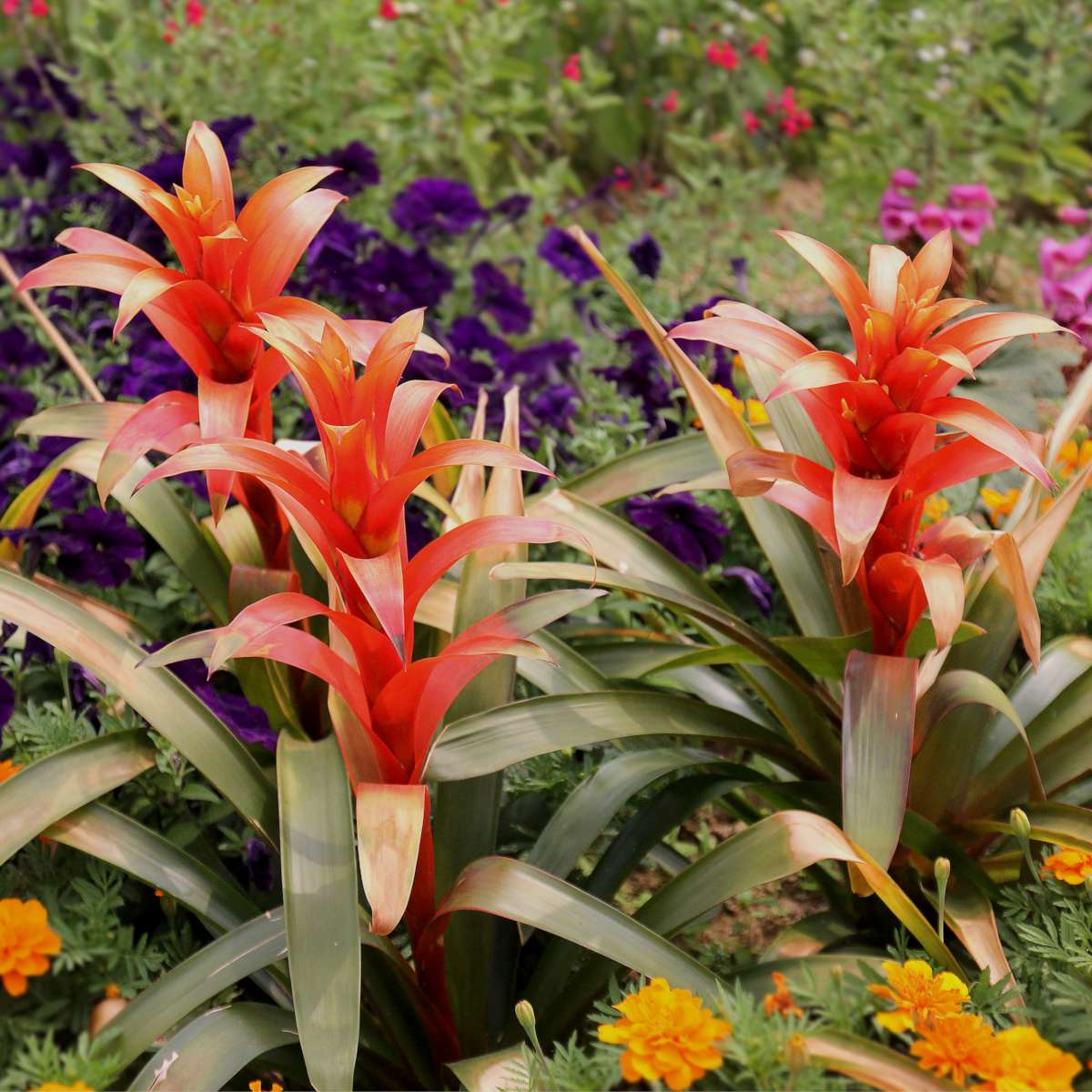
Guzmania care, repotting, watering, fertilizing, protecting the rosette
How to Care for Guzmania Bromeliads In their native habitat of South America, guzmanias grow on trees, where they collect water from rainfall. They get nutrients from decomposing leaves or bird and animal droppings. Indoors, you must replicate their habitat as closely as possible. You may also grow them outdoors in USDA Zones 9 and above.

Untitled guzmania* Flickr
A steady 55℉ (13℃), would be ideal for the plant's growth. Medium to high humidity is best for this plant. As for the plant's fertilizer requirements, a balanced fertilizer once a fortnight during its growing season will serve the purpose well. Soil

Guzmania Purple
The flower grows in a warm climate so the air temperature should be at least 25 degrees for successful flowering. Guzmania grows as an epiphytic plant on trees and on mountain slopes in the natural habitat. Also this flower can take root in the soil as a terrestrial plant.

Guzmania closeup free image download
Understanding the Guzmania Bromeliads. Before we delve into the nitty-gritty of growing and caring for these colorful plants, let's take a moment to appreciate their uniqueness. Guzmania Bromeliads, named after the Spanish botanist Anastasio Guzman, are part of the Bromeliaceae family.